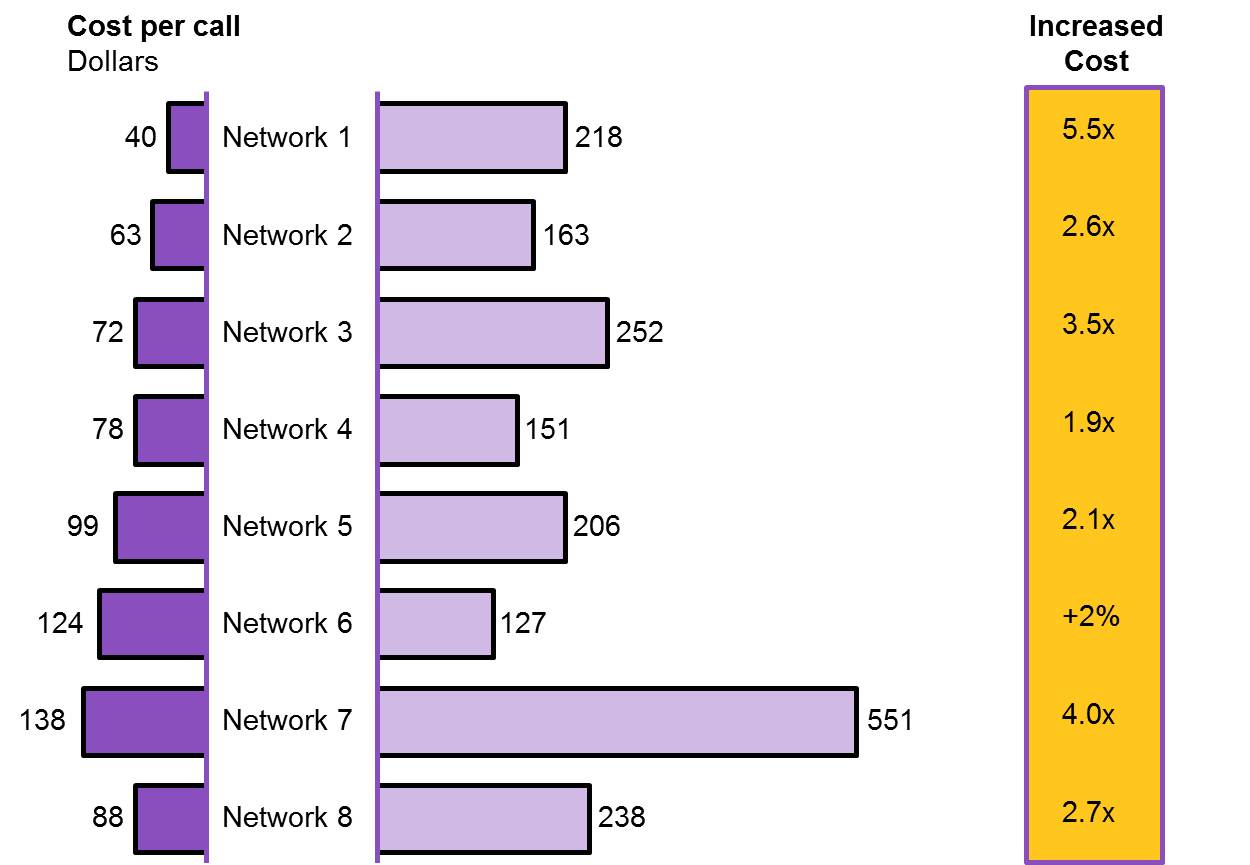America introduced the 1-800 number in 1966. It was a great product for companies who were willing to take the risk and cost of making a phone call off the hands of their potential customers. Anything that lowers the barrier to trial is usually a good thing.
It was such a good thing that soon we were running out of 7-digit numbers to follow the toll-free prefix. In 1996 the second toll free number was added: 1-888. It only took two years to add the third: 1-877, and two years after that the fourth: 1-866. By 2014 we have added 855 and 844 to the mix, and reserved five more for future use (833, 822, 880, 887, 889). That’s a lot of toll free options.
The problem is that many of those potential customers don’t understand that these new 1-8XX numbers are the same as the traditional 1-800 numbers. People know that 1-800 = free, but they are less clear that 1-844 = free. This confusion is understandable. Most of the 1-8XX numbers are NOT free. 1-877 will get you a toll-free line, 1-878 will dial someone in Pennsylvania. Call 1-876 and you end up in Jamaica. Hope you have an international calling plan.
People don’t have the mindshare to remember which numbers are toll free and which are not (For your personal use: All the toll-free numbers (for now) are double digits – 888, 877, 866, etc. And the double digits that aren’t toll free either will be in the future or are just unassigned).
Because people aren’t sure if a non-800 number is toll free or not, they may be less likely to pick up the phone. Maybe they go online to verify it’s toll free, but more likely they just use it as a reason to not take action. It’s really easy to choose not to take action on just about anything. This is just one more example why you want to minimize the excuses your potential customers could have.
At least that’s the theory.
What happens in practice.
We asked our media buying agency to run a test where we ran the same ads with different phone numbers – so we could see the impact on phone calls with different 8XX options while everything else remained the same. Turns out we didn’t need to run the test, because they already had. They tested 1-800 vs different 1-8XX numbers on seven different TV networks. Then they divided the numbers of calls they received by the amount they spent on each stations. Here is what they found:
On average the cost per call was almost THREE TIMES more expensive when using a 8XX number over a 800 number.
So why not always use 800?
The problem is that there were companies that got their first. The whole reason we have 8XX numbers is we ran out of 800 numbers. But think about that a little bit. There are 7-digits after the area code, with 10 options for each digit. That means there are 10 million 1-800 numbers. Have we really used them all? Kind of.
Just like the domain name rush in the early aughts, there was a 800# rush. Now they are all owned by someone. Most of the owners are not using them themselves. Instead they will rent you numbers for a price (usually a monthly fee plus a cost per minute when it is used). An 800 number will cost you about 10x the price per minute as a 8XX number.
So figuring out which type of number to use is a math exercise depending on the number and average length of your expected calls, and the cost of your media. If you are running an ad on TV though, it’s pretty clear that your overall costs will be lower by paying the 10x premium to use the traditional 1-800 numbers.
